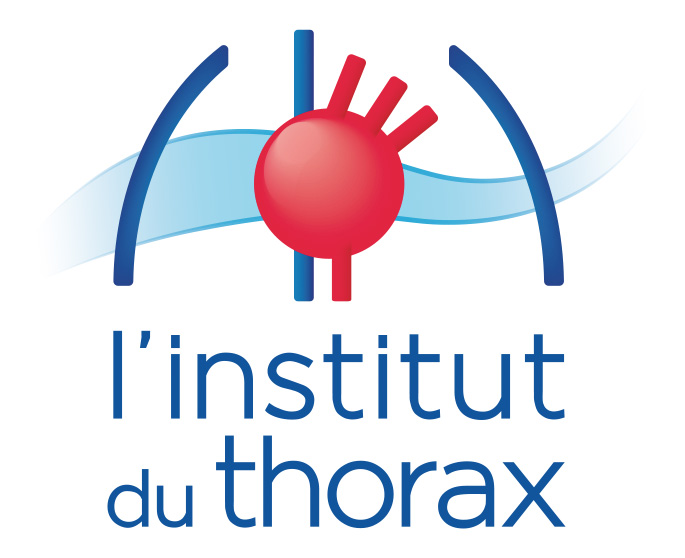Machine Learning–Based Phenogrouping in Mitral Valve Prolapse Identifies Profiles Associated With Myocardial Fibrosis and Cardiovascular Events
Résumé
Background: Structural changes and myocardial fibrosis quantification by cardiac imaging have become increasingly important to predict cardiovascular events in patients with mitral valve prolapse (MVP). In this setting, it is likely that an unsupervised approach using machine learning may improve their risk assessment.
Objectives: This study used machine learning to improve the risk assessment of patients with MVP by identifying echocardiographic phenotypes and their respective association with myocardial fibrosis and prognosis.
Methods: Clusters were constructed using echocardiographic variables in a bicentric cohort of patients with MVP (n = 429 patients, 54 ± 15 years) and subsequently investigated for their association with myocardial fibrosis (assessed by cardiac magnetic resonance) and cardiovascular outcomes.
Results: Mitral regurgitation (MR) was severe in 195 (45%) patients. Four clusters were identified: cluster 1 comprised no remodeling with mainly mild MR, cluster 2 was a transitional cluster, cluster 3 included significant left ventricular (LV) and left atrial (LA) remodeling with severe MR, and cluster 4 included remodeling with a drop in LV systolic strain. Clusters 3 and 4 featured more myocardial fibrosis than clusters 1 and 2 (P < 0.0001) and were associated with higher rates of cardiovascular events. Cluster analysis significantly improved diagnostic accuracy over conventional analysis. The decision tree identified the severity of MR along with LV systolic strain <21% and indexed LA volume >42 mL/m2 as the 3 most relevant variables to correctly classify participants into 1 of the echocardiographic profiles.
Conclusions: Clustering enabled the identification of 4 clusters with distinct echocardiographic LV and LA remodeling profiles associated with myocardial fibrosis and clinical outcomes. Our findings suggest that a simple algorithm based on only 3 key variables (severity of MR, LV systolic strain, and indexed LA volume) may help risk stratification and decision making in patients with MVP. (Genetic and Phenotypic Characteristics of Mitral Valve Prolapse; NCT03884426 and Myocardial Characterization of Arrhythmogenic Mitral Valve Prolapse [MVP STAMP]; NCT02879825).
Domaines
Sciences du Vivant [q-bio]
Fichier principal
 37204382.pdf (971.07 Ko)
Télécharger le fichier
Supplemental Material.pdf (519.65 Ko)
Télécharger le fichier
37204382.pdf (971.07 Ko)
Télécharger le fichier
Supplemental Material.pdf (519.65 Ko)
Télécharger le fichier
Origine : Fichiers produits par l'(les) auteur(s)




